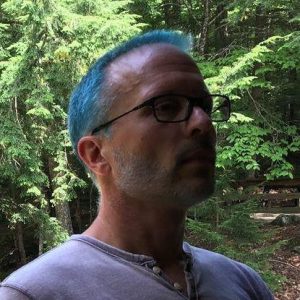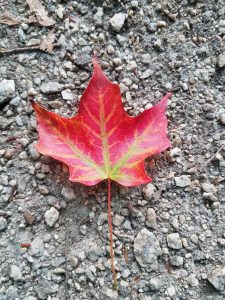Matthias Clasen is enjoys spending time outdoors, having great hair, and working on GNOME Tool Kit (GTK).

What is your role within the GNOME community?
I have been involved GNOME for a long time. My first commits to GTK are from sometime around 2002. GTK is where I spend most of my development and project maintenance time. But I’ve been involved in many other parts of GNOME at one point or another, from GLib to GNOME Software.
Apart from writing code and fixing bugs, I am a member of the release team, and do a few of the GNOME releases every cycle. In recent years, I’ve often done the .0 stable releases.
Other affiliations you want to share?
In my day job, I manage the “GNOME” part of the Red Hat desktop team, which is an outstanding group of engineers. We juggle upstream work on GNOME and related projects with maintaining the workstation products in Red Hat Enterprise Linux and Fedora.
Why did you get involved in GNOME?
That is a tough question to answer — these things usually just happen, and we try to retroactively make sense of them. To give some answer: My first love in software was typography — I spent my university years in Germany happily doing math and TeX. At some point, I got interested in window managers, and trying to write a better menu system for fvwm is what created my first contact with GTK. And things just grew from there, with many lucky coincidences along the way, not the least of which was that I got a job in the Red Hat desktop team.
Why are you still involved with GNOME?
On the one hand, it is part of my job (and I am extremely lucky that it is). But, really, it is just a way of life. There are so many good friends and colleagues in the GNOME community that I can’t imagine not being involved in it anymore.
What are you working on right now?
It is always a mix of things that are going on at the same time. The big tasks are getting Fedora Silverblue ready for prime time and trying to push GTK4 over the finish line. But there are a whole lot of smaller things that take up some of my time. A few weeks ago, I took a day to write a Flatpak portal that lets applications update themselves. And last week I spent a day working with Behdad on pango (I still have a soft spot for typography) and wrote a post about it.
What are you excited about right now — either in GNOME or free and
open source software in general?
I am feeling quite positive about Flatpak, and the opportunities it opens up for getting out of the “Linux distro” conversation. It is exciting to see many apps on flathub that I had no idea existed. And now it is just one click for me to try them out. Together with gitlab and its CI, flatpak has also changed the way we develop GNOME. It is like night and day, compared to a few years ago — things generally just build and work these day, and you can download flatpaks to try out branches — it is fantastic.
What is a major challenge you see for the future of GNOME?
I think it is a challenge to teach generations the value of having a local computing device (e.g. your laptop) that is powerful and accessible enough to let you explore and build things. Between phones and the online world, there is a risk that we lose that important aspect of the freedom to tinker an explore — you don’t compile things on your phone, and you can’t reboot the cloud…
What do you think GNOME should focus on next?
I have a hard time answering this, because GNOME is thousands of individuals, who all have their own motivations and goals, not a monolithic block that can be turned in a different direction with a quick command. I think the work Endless has been doing for bringing computers (and GNOME) to people in the developing world and to young people is very relevant for the long-term future of the project, and we should support them.
What should we have asked you about that we didn‘t?
You could have asked me about my kids and my cats.
My kids are 21 and 19, and in college. Thankfully, they are both at home for the summer, so we can share the cooking and do some hiking and kayaking together.
The cats are not in college.

This interview has been edited for clarity.